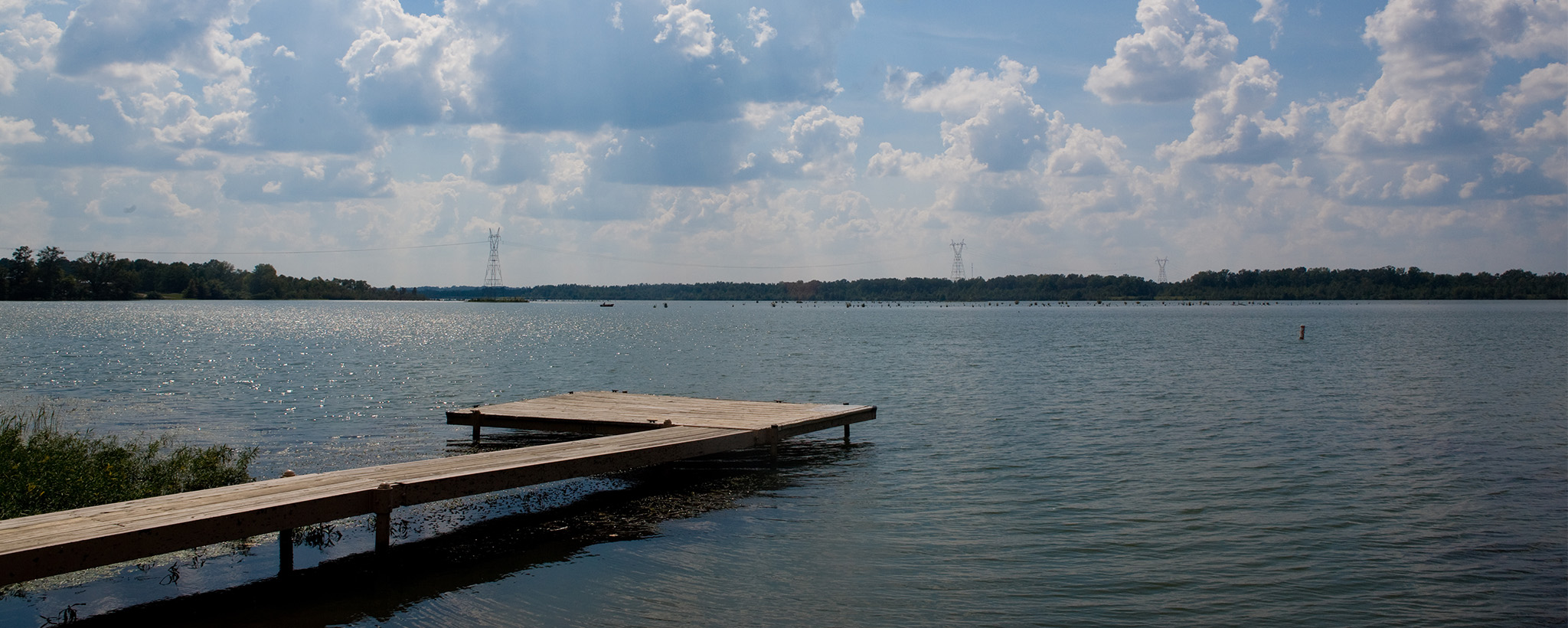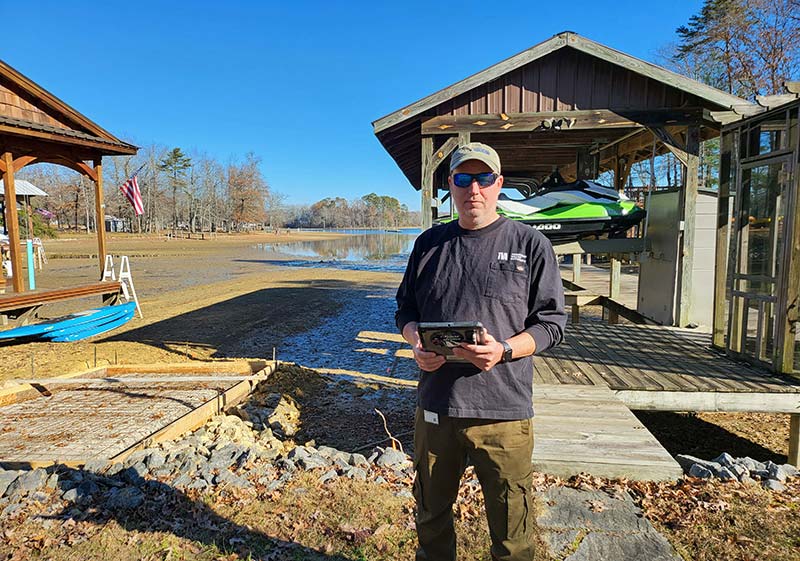Articles

Ken Weisz - A Day in the Life of a Watershed Representative
When spending time on TVA reservoirs, you may see an individual measuring a structure such as a dock or boathouse. If you happen to be on Norris Reservoir, chances are this person is Ken Weisz, a TVA Watershed Representative conducting a site inspection for a shoreline construction application.
Managing the river
The TVA Act provides for navigation, flood control, and low-cost power, as well as recreational opportunities. Section 26a of the Act helps ensure these activities don’t affect TVA’s ability to manage the waters within the watershed.
“It requires the public to obtain a permit from TVA for construction projects and other alterations along the shoreline. As TVA staff, watershed representatives serve as stewards of these public lands and resources,” says Weisz.
Weisz describes his job as “working with a dedicated team to protect the shoreline of the watershed while ensuring recreational access to the waters we all enjoy. I not only work with property owners seeking 26a permits but also additional stakeholders, including local power companies, state agency partners, local municipalities, and other public entities.
The right stuff

A successful Section 26a project permitter or project lead possesses a combination of qualities that often seem contradictory, according to Anthony Summitt, reservoir land use and permitting manager.
“These individuals enjoy working with people and collaborating with their team, but they also work independently at their computers or in the field completing site inspections. They’re great project and time managers, excellent communicators, and creative thinkers who can overcome hurdles while ensuring alignment with multiple regulations and guidelines,” says Summitt.
Weisz, who has issued more than 2000 permits, suggests that thinking both technically and creatively is helpful when envisioning shoreline construction projects. He works closely with his applicants and their consultants or contractors to ensure a clear understanding of the proposed project.
“I use this information, as well as the information gained from the site inspection, to initiate the environmental and programmatic reviews. I lean on my experience and knowledge of the regulations to guide these projects through the process as smoothly as possible,” explains Weisz.
The application process
The Section 26a permitting process has become much easier thanks to a section on the TVA website where applicants will find detailed illustrations, a video tutorial, and more. Once a complete application is received and assigned to a project lead, a site-specific review is completed.
“Each property has nuances specific to that location,” says Weisz, who reviews the property ownership, its relationship to TVA’s land rights, as well as natural or cultural resources present at the site. “I also review potential impacts to TVA’s programmatic interests such as navigation, flood control, and the transmission system.”
Section 26a project leads, like Weisz, maintain communication with the applicant throughout the progression of the process and successfully navigate it for almost all applications. However, there are occasions where an applicant’s objective does not align with TVA’s regulations and guidelines.
In the few cases where a resolution cannot be reached, TVA can deny the application. However, a denial comes with the right to appeal. “Denials can be extremely sensitive,” according to Summitt. “Our goal is to accommodate the stakeholder’s request, but when that’s not possible, it’s important to have experienced staff like Ken to work with applicants. Likewise, he is invaluable when training new team members.”
To some, the job of collaborating with applicants and ensuring compliance with other agencies while sometimes facilitating conflict resolution might seem overwhelming, yet Weisz says he enjoys it. “I love the hands-on time in the field, as well as the behind-the-scenes work. My days can be long, unpredictable, and challenging, but never boring.
“Our natural resources and beautiful reservoirs are part of why this area is such a popular tourist and business destination, he explains. “Our family spends lots of time on TVA lakes and public lands. It’s gratifying to know that my team and I are protecting these resources for future generations.”